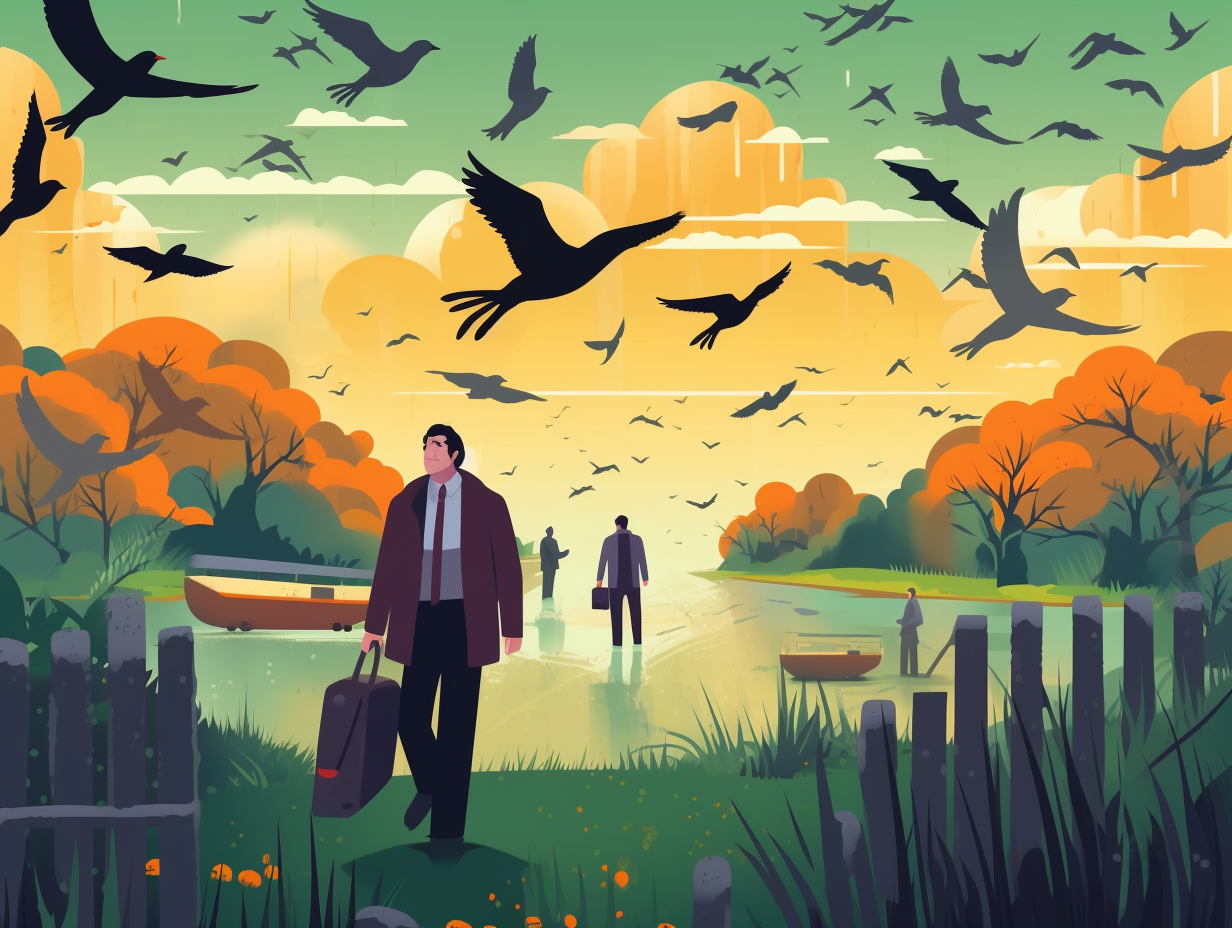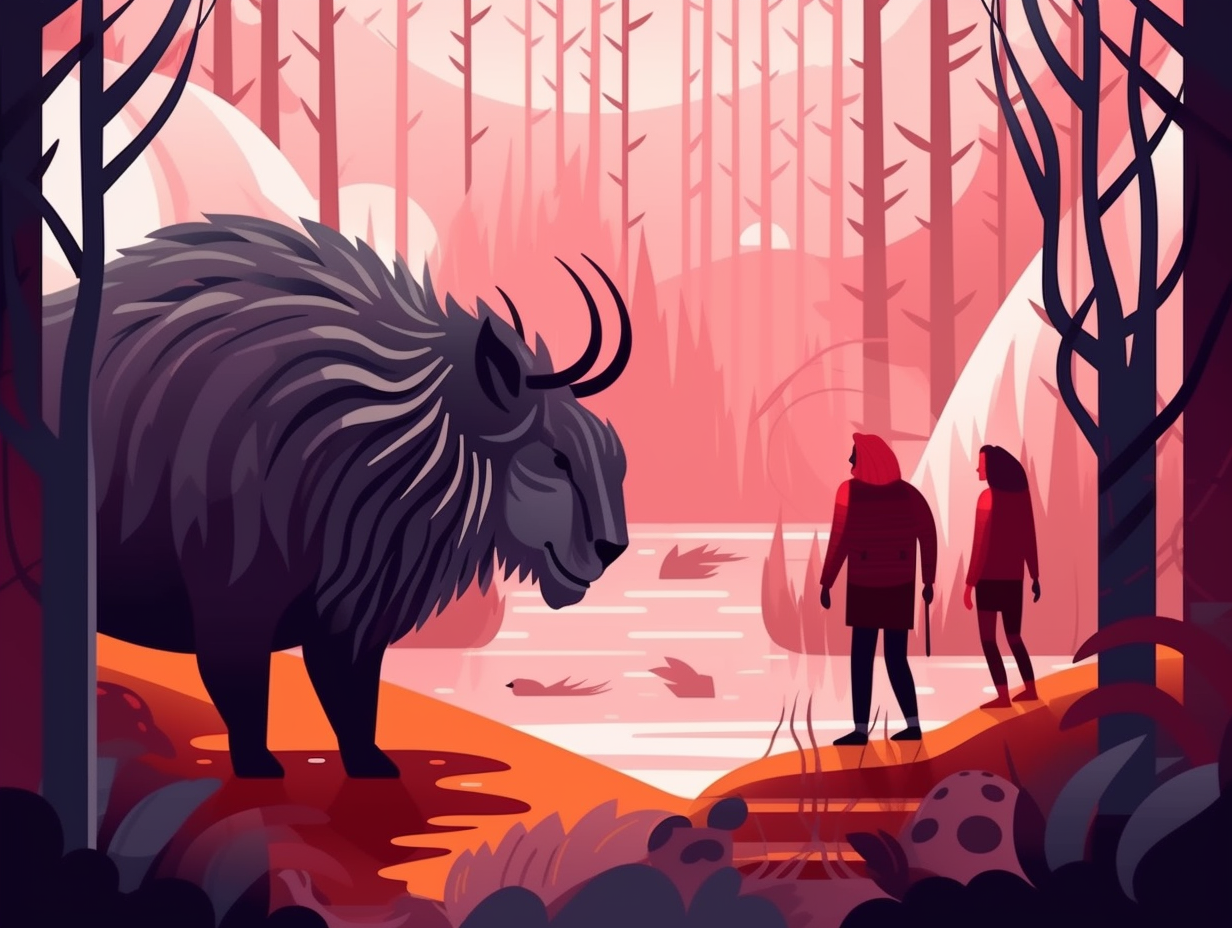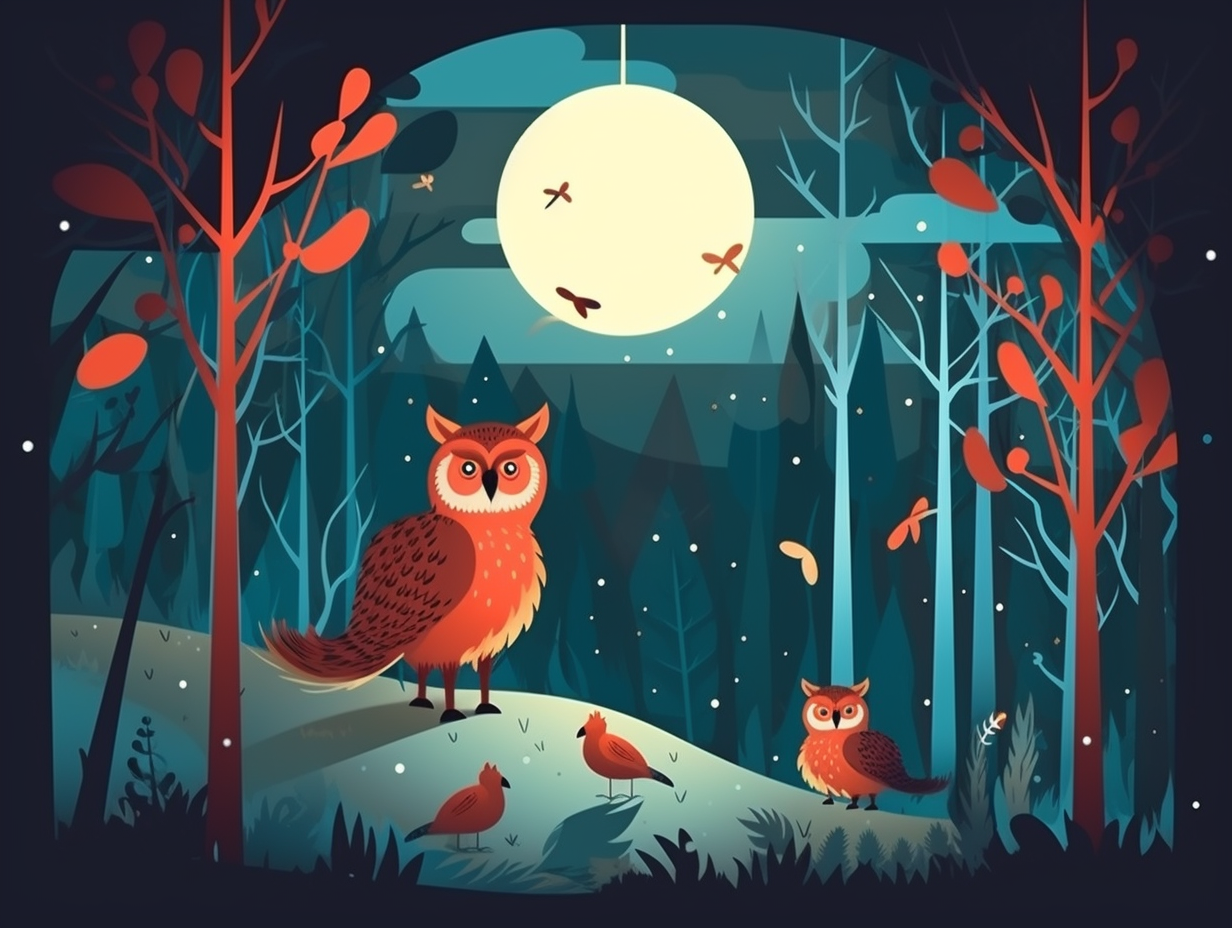Top 11 Unbelievable Fun Facts About Animal Migration: Discover Nature's Awe-Inspiring Journeys!

1. Snowbird Vacation Denied
Whoever said birds fly south for the winter because they "can't stand the cold" must not realize that birds aren't running a "Snowbird" vacation package: The real reason behind their migration is to move from areas with low or decreasing resources to areas with high or increasing resources like food and nesting locations, taking advantage of the abundant insect populations and nesting opportunities in the spring, and heading back south as winter's chill depletes their food sources.
Source => allaboutbirds.org
2. Monarch Butterfly Marathon
Butterflies or feathered globetrotters? Monarchs laugh in the face of frequent flyer miles: These winged wonders embark on a migration journey of up to 3,000 miles, battling air currents and thermals, to escape the chilly grasp of northern winters. Taking up to two months, this epic adventure is unique to the monarch butterfly, securing their position as the only butterfly species to rival birds in their two-way migration trek.
Source => fs.usda.gov

Discover how wildlife biologists transform into undercover agents, using high-tech tools like radio telemetry to secretly track and study animals in their natural habitats. Shhh! 🕵️🦌📡
=> Fun Facts about Wildlife-Biologists
3. Arctic Tern Travel Agency
Who needs TSA PreCheck when you've got wings, right? Arctic terns scoff at our puny airport security lines as they clock in serious frequent flyer miles: These intrepid avian travelers brave a 25,000-mile round-trip journey from their Arctic breeding grounds to the Antarctic, sleeping and dining mid-flight on a seafood buffet of herring and invertebrates, all while effortlessly gliding over the ocean's gentle currents.
Source => akwildlife.org
4. Fishy Forrest Gump
Much like a fishy Forrest Gump, Pacific salmon and steelhead just can't help but keep swimming, traversing thousands of miles across oceans and borders: These marine marathoners may take 1 to 6 years gallivanting through the deep blue, preparing for their freshwater homecoming, casually crossing international lines, and showcasing an aquatic endurance that leaves us mere humans green with envy.
Source => fisheries.noaa.gov

5. Wildebeest Dance-Off
When wildebeest host the wildest footloose-esque dance-off in the African savannah, zebras and antelopes play a mean supporting cast: In the Serengeti, 400,000 wildebeest calves are born during a two to three week period each year, triggering a migration of thousands of wildebeest, zebras and antelopes that spans throughout the year and features river crossings, predator hunts, and non-stop grazing.
Source => asiliaafrica.com
6. Whale of a Trip
Humpback whales sure know how to take a "whale of a trip": these mammoth nomads undertake the longest mammalian migration journey every year, clocking in an astounding 25,000 km as they zip between polar and near-equatorial waters for breeding and food consumption.
Source => oceanadventures.co.za
7. Crab-tivating Ovulation
It's a crab-tivating performance worthy of a standing ovulation: On Christmas Island, red crabs embark on an annual voyage to the coast, breeding and releasing their eggs into the sea. Though most fall prey to fish, manta rays, and whale sharks, a select few make it back to the forest, living incognito in rocky hideouts for their first three years before rejoining their crab comrades.
Source => parksaustralia.gov.au
8. Sturgeon Fertility Frenzy
In a clear case of "sturgeon gone wild", these underwater Casanovas embark on a treacherous pilgrimage to set fertility records that would put rabbits to shame: Atlantic sturgeon, in fact, migrate hundreds of miles from their birthplace to lay up to 2 million eggs at a time, all part of their natural life cycle that sees them growing up to 14 feet long and living for a whopping 60 years.
Source => fisheries.noaa.gov
9. Birds' Magnetic GPS
Ever wondered if birds were the original GPS system, just winging it with a beak full of maps? Well, they've got something even better: Research suggests that migratory animals have a "sixth sense" that allows them to detect the Earth's magnetic field, acting as a natural compass for navigation. In fact, they also use cues from the stars and the sun to find their way around the globe like a seasoned traveler!
Source => journeynorth.org

10. Godwit's Red Bull-less Binge
Next time you're pulling an all-nighter, remember the bar-tailed godwit might just be doing the same - but on an eight-day Red Bull-less binge: This extreme avian traveler holds the record for the longest nonstop migration of any land bird, flying over 7,000 miles from Alaska to New Zealand without pausing for snacks or a nap, making this 8 to 10-day journey a true wonder of the natural world.
Source => nytimes.com
11. Eared Grebe Weight Loss Wonders
Think about a weight loss journey that'd make all dieticians go green with envy: Eared Grebes have the incredible ability to lose around 40% of their body weight, mainly in fat, during just one night of flight as they migrate.
Source => bou.org.uk
Related Fun Facts















